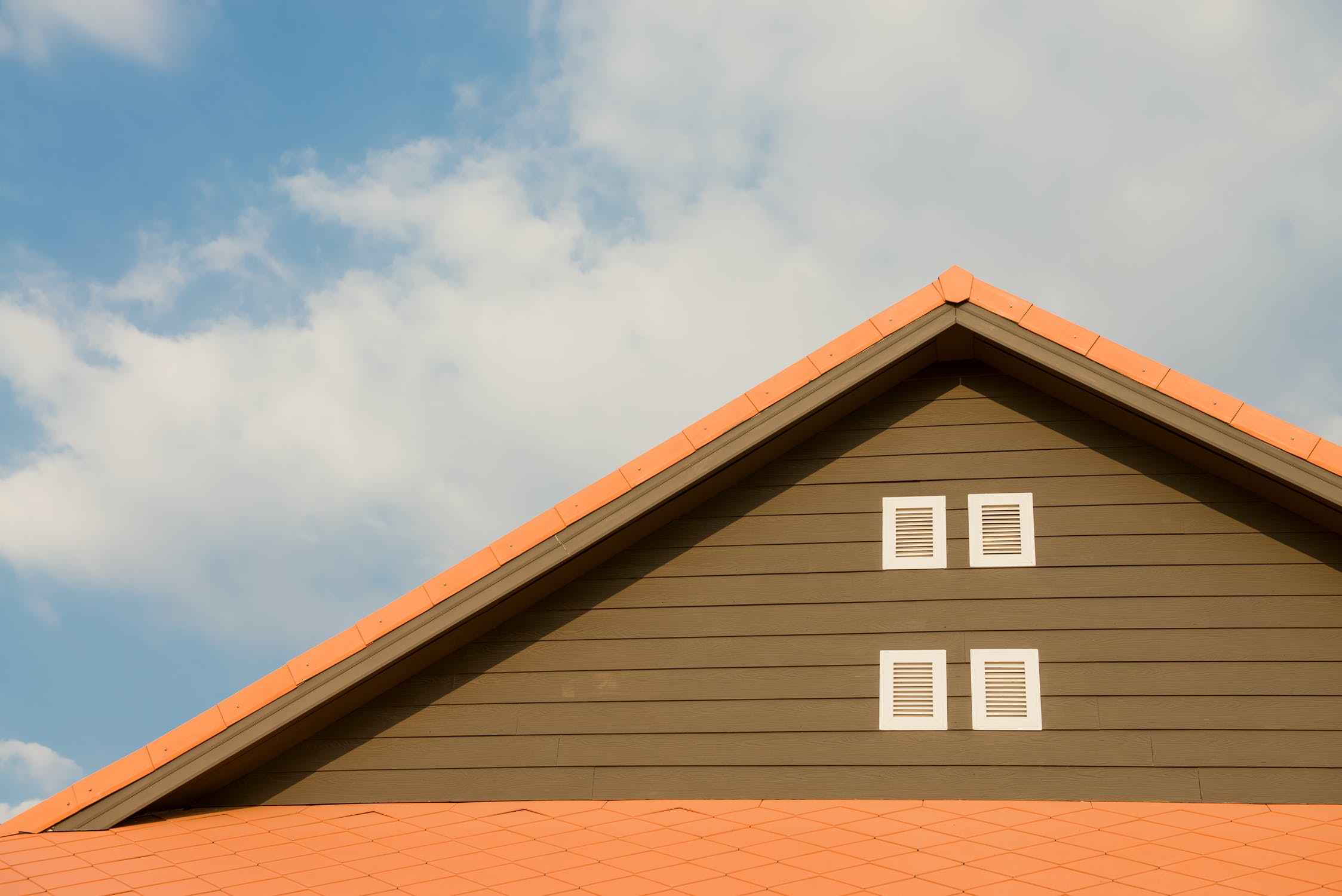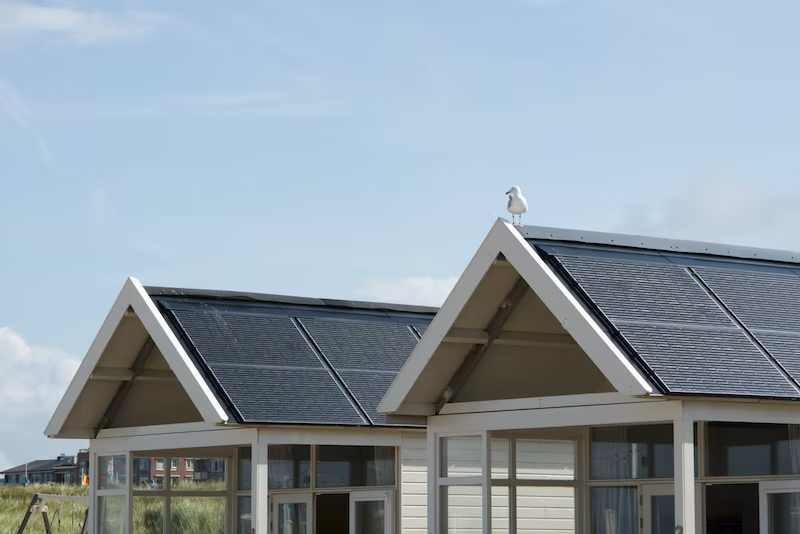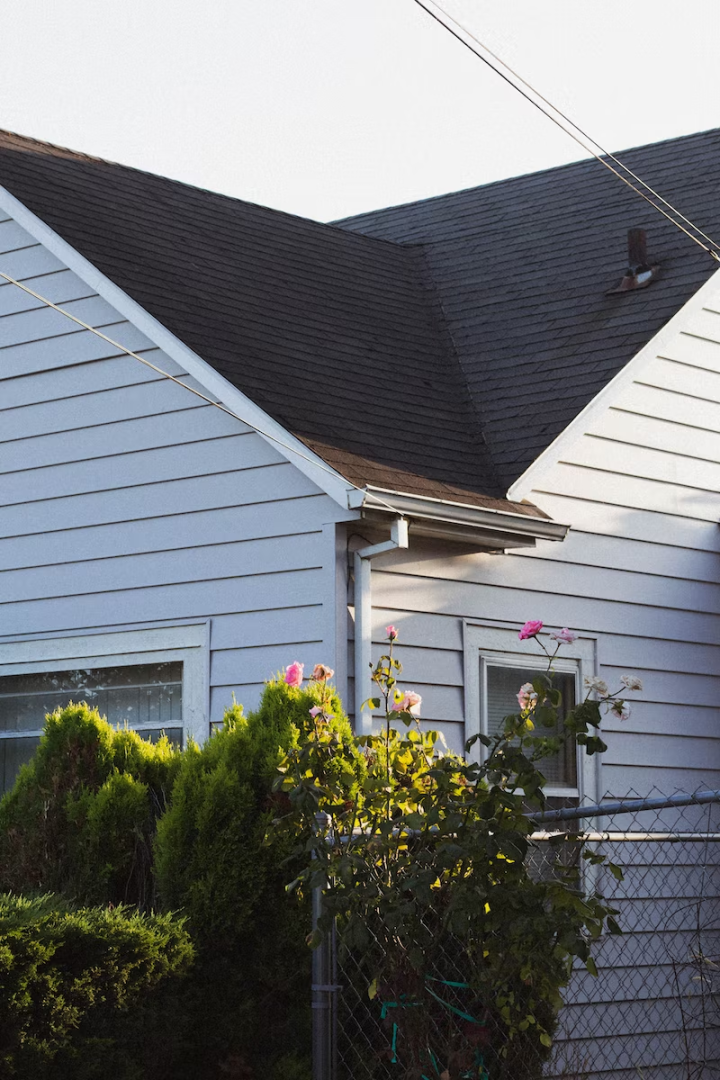Comments
- No comments found

Choosing an eco-friendly roof is a way to reduce your environmental impact. But how do you know you're making the right choice?
Well, you should find out as much as possible on this topic before making any permanent decisions! This article will inform you of everything that you need to know about eco-friendly roofs.
There are a few key things to look for when you want to find an eco-friendly roof. First, you want to make sure the roof is made of sustainable materials. This means that the roof should be made of materials that can be reused or recycled after its lifespan.
Second, you want to make sure the roof is energy efficient. This means that it will help keep your home cool in the summer and warm in the winter, without using as much energy as a traditional roof.
Lastly, you want to make sure the roof is durable. This means that it will last for many years without needing to be replaced.

Metal roofing is one of the most energy-efficient and eco-friendly roofing materials on the market. Metal roofs are made from recycled materials, which helps to reduce your carbon footprint.
Metal roofs also reflect heat, which can help to keep your home cooler in the summer months. Because of this, Bison Roofing and Construction Co. recommend it. In addition, metal roofs are very durable and can last for decades with proper maintenance.
Slate roofing is a popular choice for eco-friendly roofs. Slate is a natural stone that is highly durable and long-lasting. It is also low maintenance and easy to install. Slate roofing can be an excellent choice for eco-friendly roofs.
Clay tile roofs are a sustainable choice for eco-friendly homeowners. Made from natural materials, clay tiles are durable and long-lasting.
They also provide excellent insulation, keeping your home cooler in the summer and warmer in the winter. Clay tiles are available in a variety of colors and styles to suit any home’s design.
Wood is one of the oldest roofing materials, and shakes and shingles made from wood are still popular choices for eco-friendly roofs. Wood is a renewable resource, so it is a good choice for those who want to minimize its impact on the environment. Wood shakes and shingles are also durable and long-lasting, so they can provide many years of protection for your home.
There are a few things to keep in mind if you are considering wood shakes or shingles for your eco-friendly roof. First, be sure to choose a product that is certified by the Forest Stewardship Council (FSC). This certification ensures that the wood has been harvested from well-managed forests that are not being depleted.
Second, consider using recycled wood products. These products have the same environmental benefits as new wood, but they also help to reduce waste.
Finally, be sure to work with a professional installer who has experience installing eco-friendly roofs. This will help to ensure that your roof is installed properly and will perform well for many years to come.
Green roof systems are becoming increasingly popular as a way to make a home or office more eco-friendly. There are many benefits to installing a green roof, including reducing your carbon footprint, improving energy efficiency, and providing natural insulation.
You'll need to choose the right plants for your climate and roof type. You'll also need to make sure your roof can support the weight of the plants and soil. Fortunately, there are many resources available to help you choose the right plants and install your green roof system properly.

There are a number of factors to consider when choosing sustainable roofing materials for your home. Here are a few tips to help you choose the right eco-friendly option for your roof:
Consider the climate. Different roofing materials perform better in different climates. For example, metal roofs are a good choice for areas that experience high winds, while tile or concrete roofs work well in hot, dry climates.
Think about your home’s design. The roof you choose should complement the style of your home. If you have a modern home, a metal roof might be the best option. Traditional homes often look best with shingle roofs.
Choose a durable material. Sustainable roofing materials should be durable enough to last for many years. Metal roofs can last up to 50 years, while tile and concrete roofs typically have a lifespan of 20-30 years.
Consider your budget. Sustainable roofing materials can be more expensive than traditional options, so it’s important to factor this into your budget when making your decision. Metal roofs tend to be the most expensive option, while shingle roofs are usually the most affordable.
Talk to a roofing professional. A roofing contractor can help you evaluate your options and choose the best sustainable roofing material for your home based on your specific needs and preferences
Eco-friendly roofs are becoming more popular as people become more aware of the importance of sustainability. With so many benefits, it's no wonder that eco-friendly roofs are becoming the wave of the future.
Leave your comments
Post comment as a guest